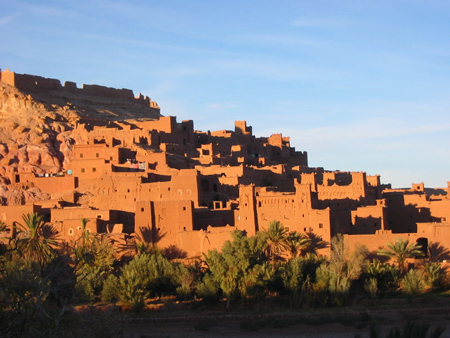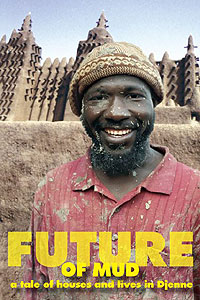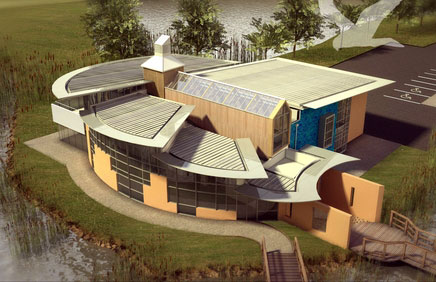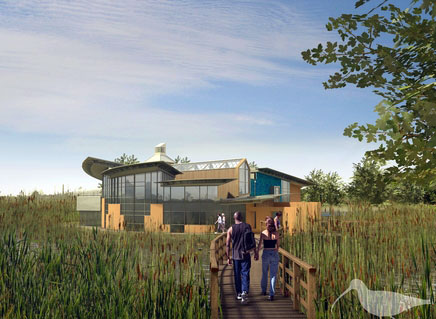
EARTHA, The East Anglian Regional Telluric Houses Association, is an organization whose aims and objectives are to encourage the development of expertise and understanding in all aspects of earth building in the east of England by:
Establishing a network of people from various professions and trades all of whom have an interest in the study, maintenance and promotion of earth buildings in the east of England: through links with ICOMOS it will join with other networks in the United Kingdom and worldwide.
Providing a forum for discussion of issues relating to earth building in the east of England.
Providing advice on the repair and maintenance of earth buildings through an information service, the publication of technical guidance and the organisation of practical demonstrations, exhibitions and seminars.
Establishing mutually beneficial links with groups and individuals working with earth buildings in the other parts of the Britain and abroad.
Collaborating with other networks to prepare and publish information manual covering all aspects of the construction, repair and maintenance of earth buildings including composite structures, daubs, renders and plasters.
Encouraging and supporting training in the field of earth building and associated skills.
Encouraging the revival of appropriate earth building techniques for new building construction and investigating the potential of the material for low energy buildings.








